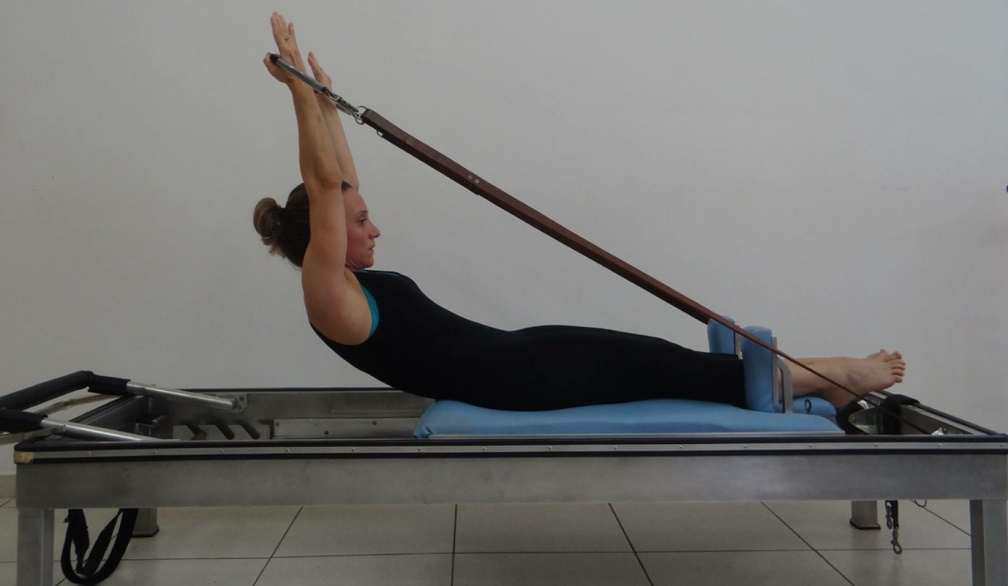Breaking Through "The Wall" in Physiotherapy
- Written by NewsServices.com

If you’re in physiotherapy, it doesn’t matter if you go to the best allied health clinic in Melbourne, you still run into the same kinds of obstacles and difficulties as everyone else. One particular phenomenon that physio patients tend to all experience is the so-called “wall.” What this refers to is a kind of barrier to progress after initially starting well and making lots of headway. Suddenly, progress seems to drop off a cliff even though you’re still attending sessions, and to some patients there may appear to be no progress at all.
If you’re going through this, then it’s critical that you keep on fighting to get through it, because the fact is that the “wall” is only a perceived plateau in progress, and before long you will have that key breakthrough that you need. If you’re struggling to retain hope, then here are some tips to help:
Tip #1: Push Yourself Harder
Just as with a workout plateau, to get yourself through to the other side of physiotherapy, you might need to set more challenging goals. Ask your physiotherapist about making things a little more challenging so you can feel progress more keenly. You shouldn’t do more than your therapist recommends is safe, but it’s quite alright to request a greater challenge if you feel that what you are doing is becoming too easy.
Always remember, however, that physiotherapy done badly can result in further damage being done. Therefore, don’t exceed what you’re physically able to do.
Tip #2: Try Some New Approaches
Sometimes you can work with a physiotherapist for a long time and your progress will plateau. Talented and open-minded practitioners should see this plateau and perhaps offer up some alternative methods and strategies to try out and get things moving again. If your therapist isn’t open to such ideas, then you should really find one who is.
Good physios know that there’s no one-size-fits-all approach to what they do, and so if your typical or favoured routine isn’t working for someone, you have to change things up. New techniques are being developed all the time, and skilled practitioners do everything they can to keep up with all the latest advancements in their field.
Tip #3: Work Harder Outside of Therapy Sessions
Sometimes, progress can slow because the only time that you’re working on recovery is during your physio sessions. Regular sessions will always help keep you on track, but if you want to feel progress continuing, you have to also follow the program recommended by your therapist to do in between sessions. It may feel like homework, but it’s what’s going to get you back on your feet and restored to full strength.
Tip #4: Keep Video Records for Better Comparison
If you’re undergoing a long program of physiotherapy, then you can definitely reach a point where you feel like you’re getting nowhere. Sometimes what can help in those situations is a look back at past sessions to see where you were back then. Seeing yourself at the start of your course, or even just a few weeks or a month prior to now, can help you gain some perspective and clearer insight into just how far you’ve come.
Tip #5: Get Inspiration and Affirmation from Friends and Family
Finally, when you’re feeling down about your therapy, like you just don’t want to go on any more, turn to your loved ones for some support and affirmation. They have been with you the whole process, and sometimes you just need to hear a bit of encouragement to restore your pro-therapy mindset.














